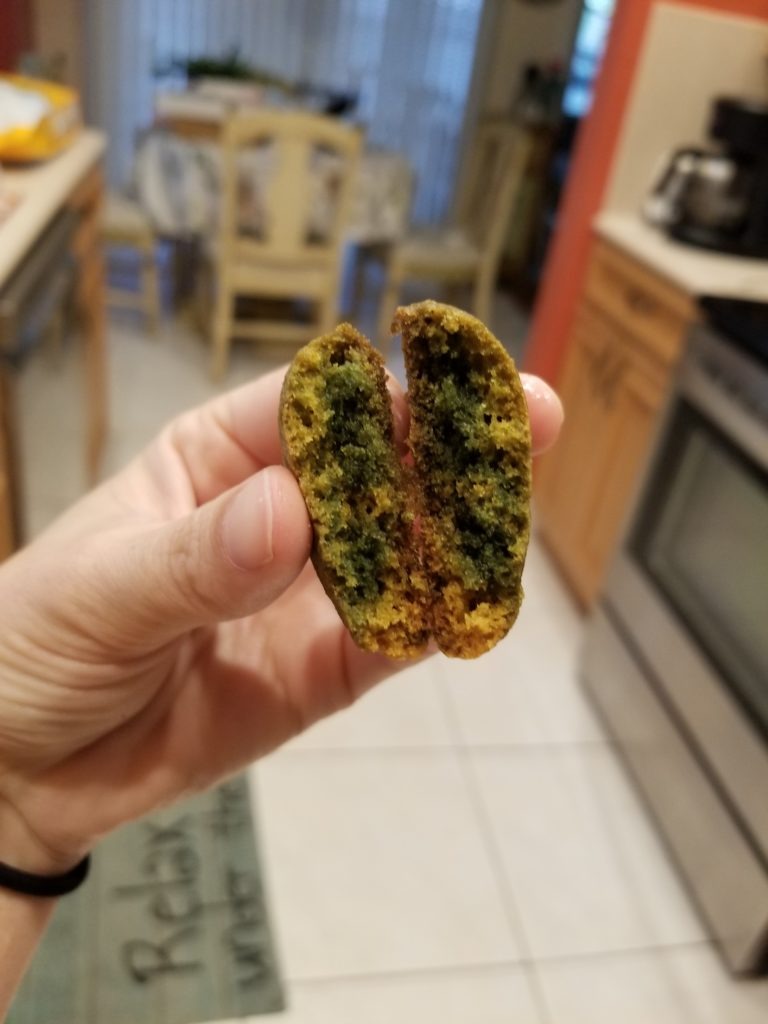
Parental Note: This experiment is geared towards ages 8 and up to be completed independently. The project will require an adult to assist with mixing ingredients and using an oven to bake cookies.
Additional Note: This experiment will take roughly 40 minutes to complete; this calculation takes into consideration both setup time and the time needed to collect and analyze data. Note that the color of the cookies may vary, depending on how long you allow the batter to sit in the refrigerator and other factors.
Experiment Overview:
A chemical reaction is a process that causes one chemical substance to completely change into a new chemical substance. For a chemical reaction to take place, you must have at least two starting materials – the reactants. When the two chemical substances are combined, the bonds between the atoms are broken, the atoms get rearranged, and new bonds are formed, which leads to new substances. There are often ways to tell if a chemical reaction has taken place by making observations. Sometimes a physical effect can be observed, such as the production of heat, light or an odor, or a change in the color of the substance.
In this experiment, you will make a tasty treat (cookies!) using specific ingredients, and make observations to determine if a chemical reaction has taken place after your cookies are done. These cookies call for a special recipe that includes important chemical reactants: 1) sunflower seed butter (commonly known as SunButter), and 2) baking soda.
Experiment Materials:
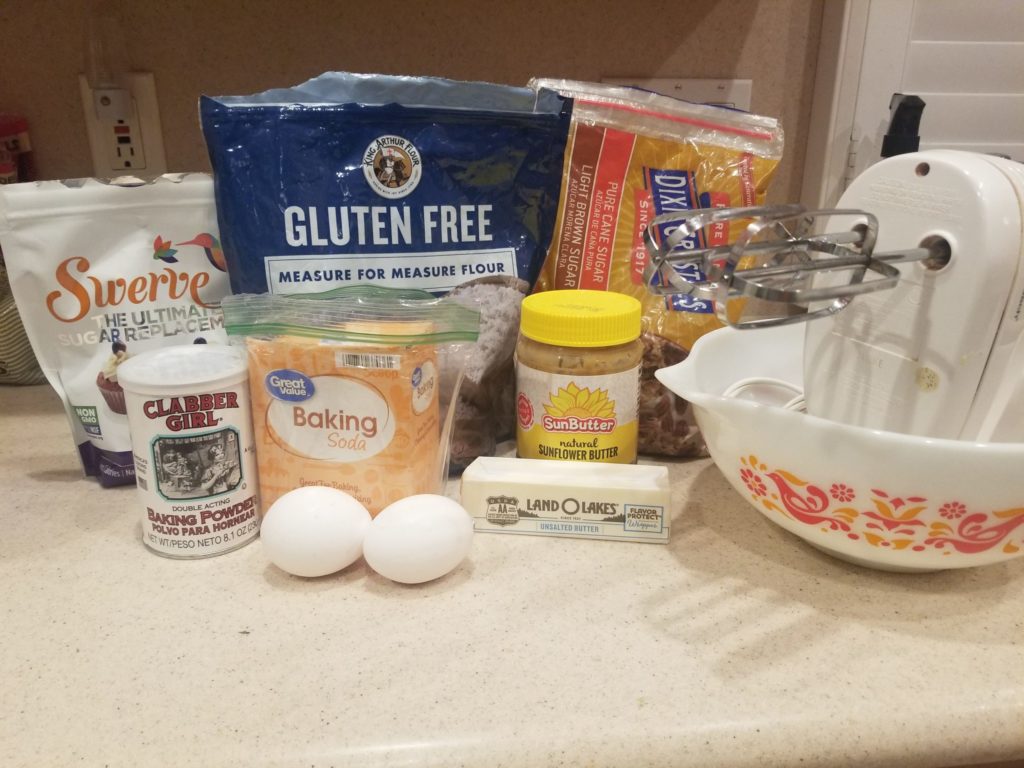
• Medium mixing bowl
• Electric mixer (optional, but recommended)
• 1 cup unsalted butter
• 1 cup SunButter
• 1 cup sugar
• 1 cup brown sugar
• 2 eggs
• 1 ¾ cups flour
• 1.5 teaspoons baking powder
• 2 teaspoons baking soda
• ½ teaspoon salt
Experiment Process:
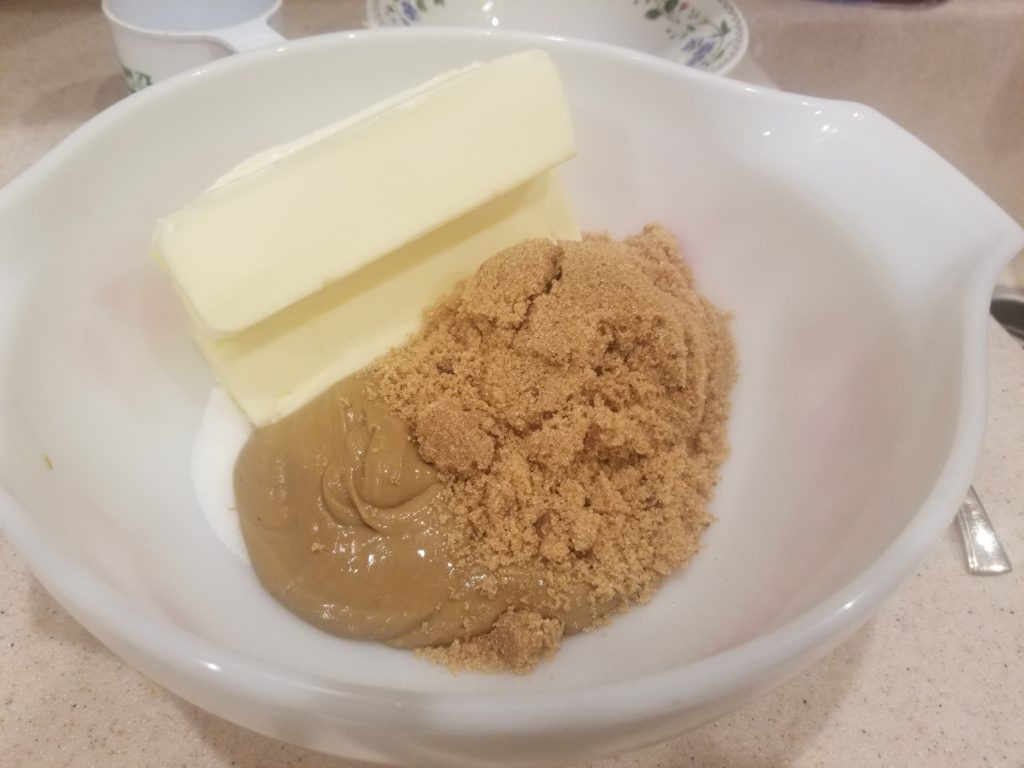
Step 1
Combine butter, SunButter, sugar and brown sugar in mixing bowl with a spoon until smooth and fluffy. Use electric mixer on low as needed. Beat in the eggs until mixed well.
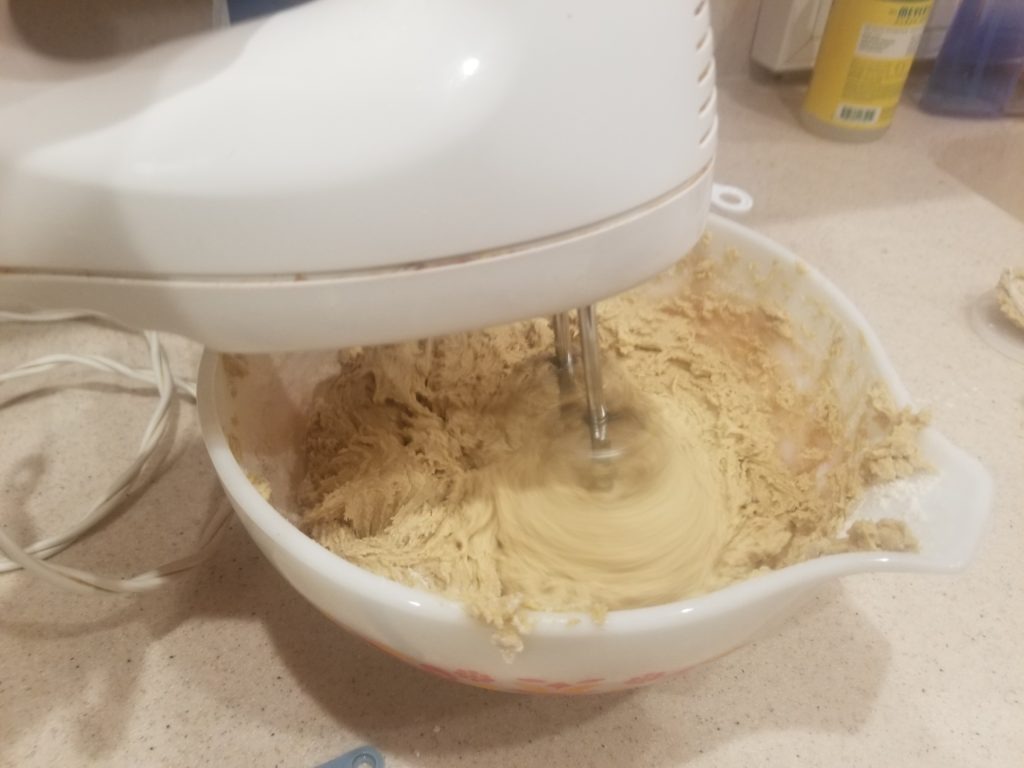
Step 2
Add flour, baking powder, baking soda, and salt and stir by hand with spoon until partially mixed, and then use the electric mixer on low power until smooth.
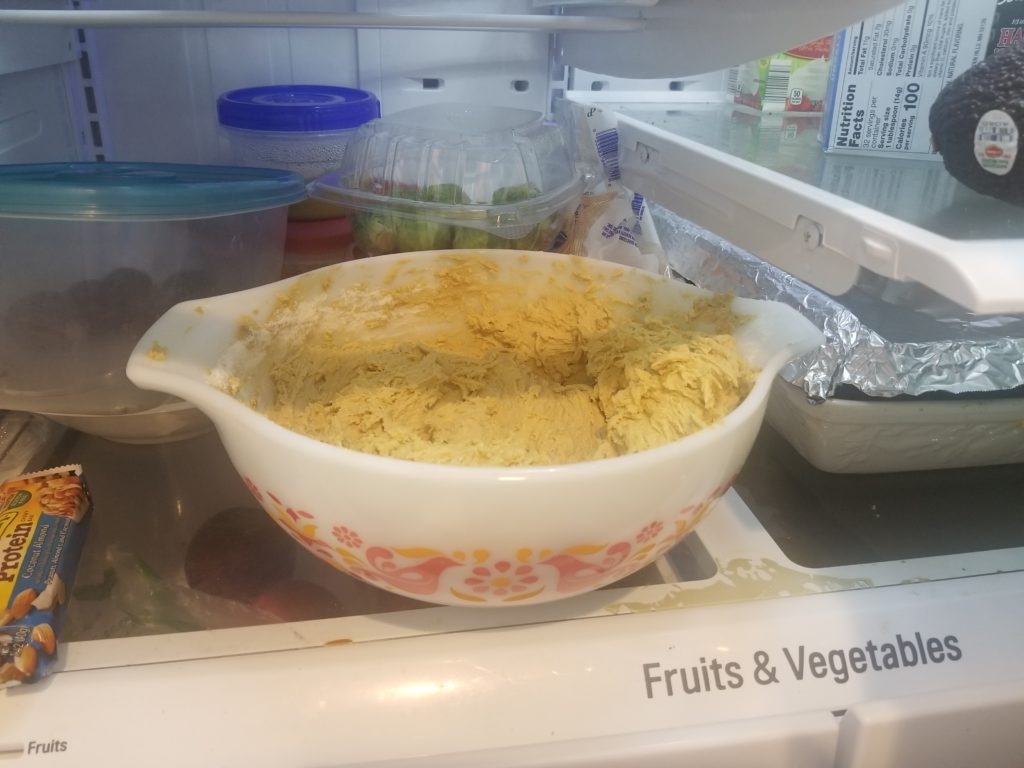
Step 3
Cover with plastic wrap and place batter in refrigerator overnight (the longer, the better).
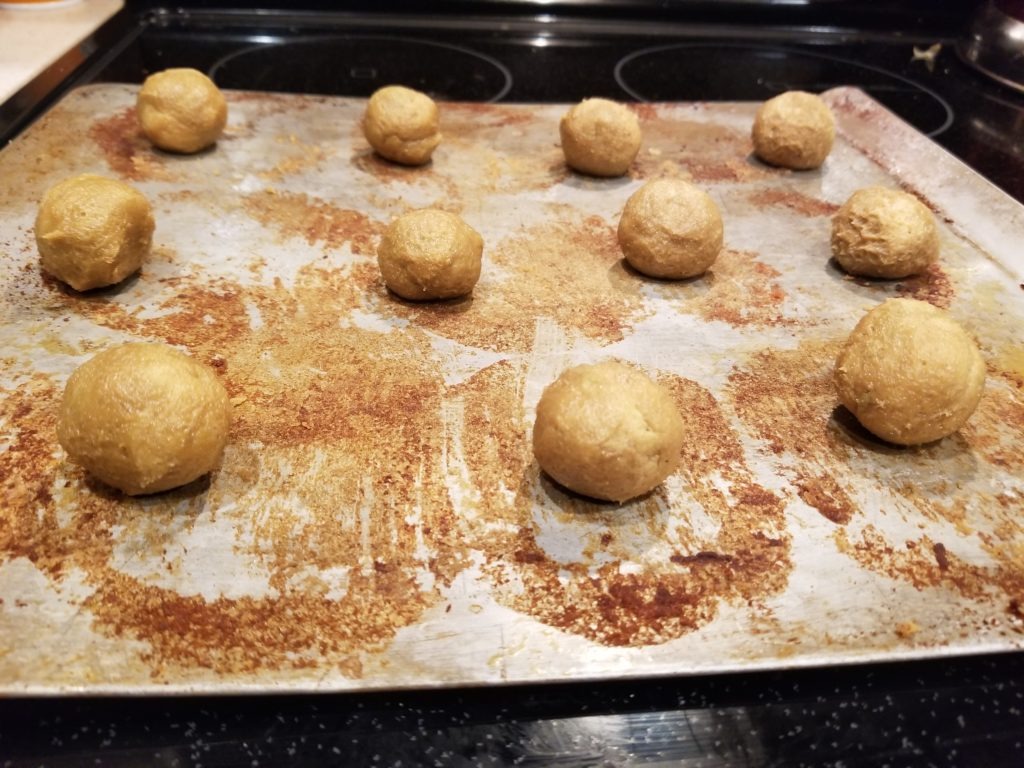
Step 4
Remove batter from refrigerator the next day and preheat oven to 350°F. While the oven heats up, roll dough into 1-inch balls and put on a baking sheet.
Step 5
Bake for 10 minutes.
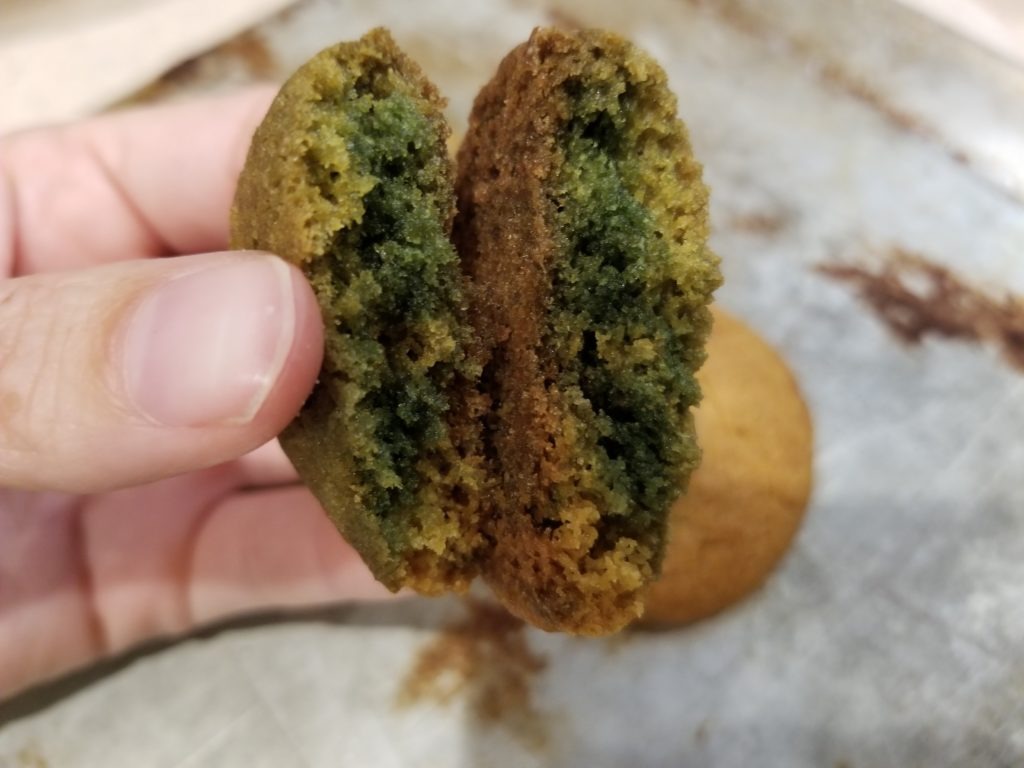
Step 6
Remove from oven and allow to cool for at least 10 minutes before eating.
Conclusions:
Share Your Results:
Did you notice anything strange about your cookies that might indicate a chemical reaction has occurred?
Conclusions:
Chemical reactions are simply rearrangements of atoms in molecules, to make different molecules. In order for a reaction to take place, at least two different substances need to be combined. The only true way for scientists to determine if a chemical reaction took place and created a new substance is to actually look at the molecules. Sometimes physical changes take place that can give us a clue as to whether or not a chemical reaction has occurred.
In this experiment, you combined several ingredients into a bowl, mixed it all up, let it sit overnight in a refrigerator, and then baked it in the oven. After this, you may have noticed that your cookies looked green! So why did this happen? Two of the ingredients you mixed together were baking soda and SunButter. SunButter is made from sunflower seeds, which contain a high amount of chlorogenic acid (note: chlorogenic acid has nothing to do with the chlorophyll in plants). Baking soda is an alkaline substance (it has a high pH) and chlorogenic acid is an acidic substance (it has a low pH). The chlorogenic acid in the SunButter reacted with the alkaline environment created by the baking soda, and a new substance was produced, green trihydroxy benzacradine (the product of the chemical reaction). The green color you see is proof that this reaction took place!
If you did not see a strong color change and want greener cookies, try experimenting with your batter by adding a little more baking soda and/or SunButter. Be sure that the batter stays moist and does not dry out. Moisture makes this chemical reaction much stronger.









